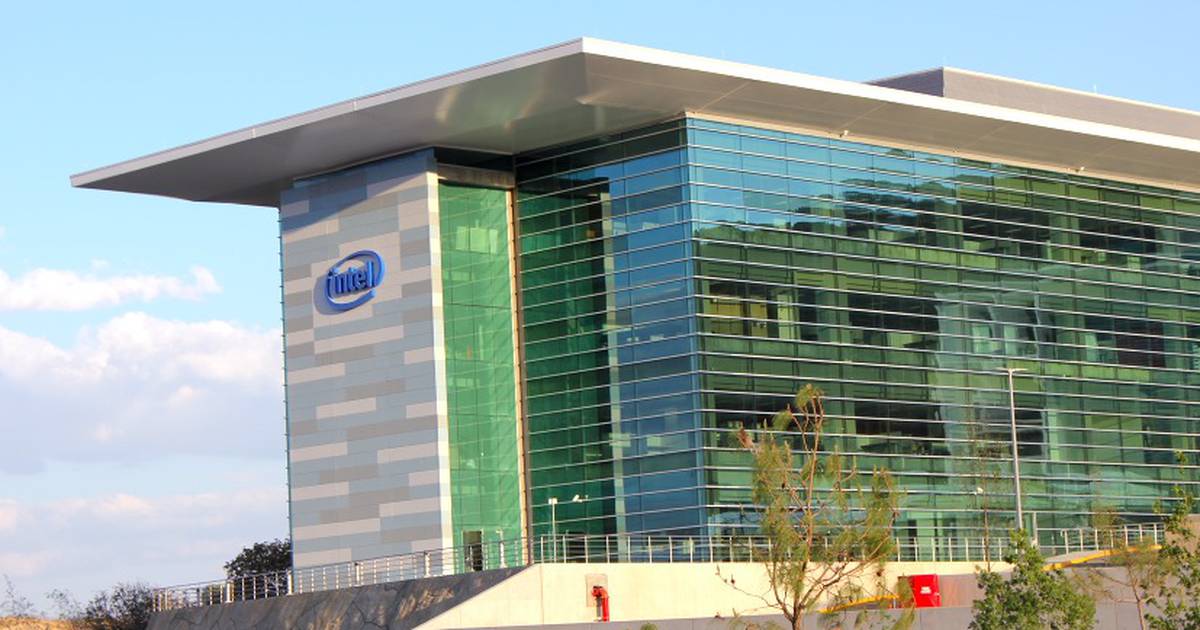RIO DE JANEIRO, BRAZIL – Some Latin American countries, particularly Mexico and Brazil, “can become technological superpowers,” said Greg Ernst, Intel’s new director for the Americas, who sees growing opportunities in Latin America.
“Our vision at Intel is that Latin American countries can become technological superpowers within the technology sector. When we at Intel look at our investments, we are really looking at a Panamerican perspective,” he says.
The executive of the U.S. technology giant highlights the human capital in the region, the use of social networks, and the affinity of Latin American millennials for technology.

He also highlights the “phenomenal growth of technology in digital transformation in Mexico and Brazil,” where there is “an explosion of local companies” dedicated to software and cloud development in addition to multinational corporations.
“Some of the world’s biggest technology companies are coming out of Latin America, and we want to be there and partner with them. It doesn’t take anything away from what we do in the U.S. and Canada, but I see Latin America on the verge of a big explosion of success,” he adds.
INTEL STRENGTHENS ITS PRESENCE
Given the disruptions that the pandemic has brought to value chains and the conflict in Ukraine, Ernst believes that “every large company needs global diversification,” which is why Intel’s commitment to the Americas has been reinforced.
“What we are doing in Latin America reinforces that our vision and plan were always the right ones,” he says.
Although he does not disclose investment amounts, the executive highlights the “exceptional talent” of the Guadalajara Design Center, one of Intel’s most important design and validation centers worldwide and the company’s first acquisition in Latin America.
He notes that the center in western Mexico employs 1,700 people, with 700 hires in the last year alone.
“We will continue to invest there. All our customers in the Americas and worldwide, the servers deployed by the largest customers in the world, such as Facebook, Google, Microsoft, Amazon, receive their latest validation in Guadalajara,” Ernst says.
He also states that “investments continue in Costa Rica,” where they have just celebrated 25 years of presence with 2,900 employees in charge of assembly, distribution, information technologies, value chains, and human resources.
“We find Costa Rican employees to be fantastic. It is a great influx of talent for us and provides services to Intel globally,” he mentions.
THE GOAL OF SEMICONDUCTORS
On his Mexican tour, Ernst met with Tatiana Clouthier, Mexico’s Secretary of Economy, to whom he explained the importance of “training at scale in technology and achieving greater semiconductor production in the Americas.”
Mexico, where the automotive sector represents the main component of industrial GDP and the main manufacturing export, suffered the crisis of the shortage of semiconductor chips.
In this context, the Intel executive stated “common ambitions” of the company and the Ministry of Economy, but without further announcements.
“She (Clouthier) sees bringing semiconductors to Mexico and their development, not only their manufacturing, as key for the country, and so do we. There is nothing to announce; we will save it for a few weeks from now. We will announce something in April with concrete plans,” he said.
Intel’s ultimate goal is for 30% of the world’s semiconductors to be produced in the Americas, where Mexico plays an important role.
“We’ve made strategic decisions in Mexico with the Guadalajara Design Center. That center does what we call final validation and is a critical step in developing all our future-generation products,” he says.
Asked about the investment climate in Mexico for the technology sector, he highlights the human capital of “brilliant Mexicans.”
“We see secondary things, like any business, about the cost of labor and access to natural resources, but they are secondary. It all starts with the people, who explain why Mexico continues to grow,” he concludes.
With information from EFE

